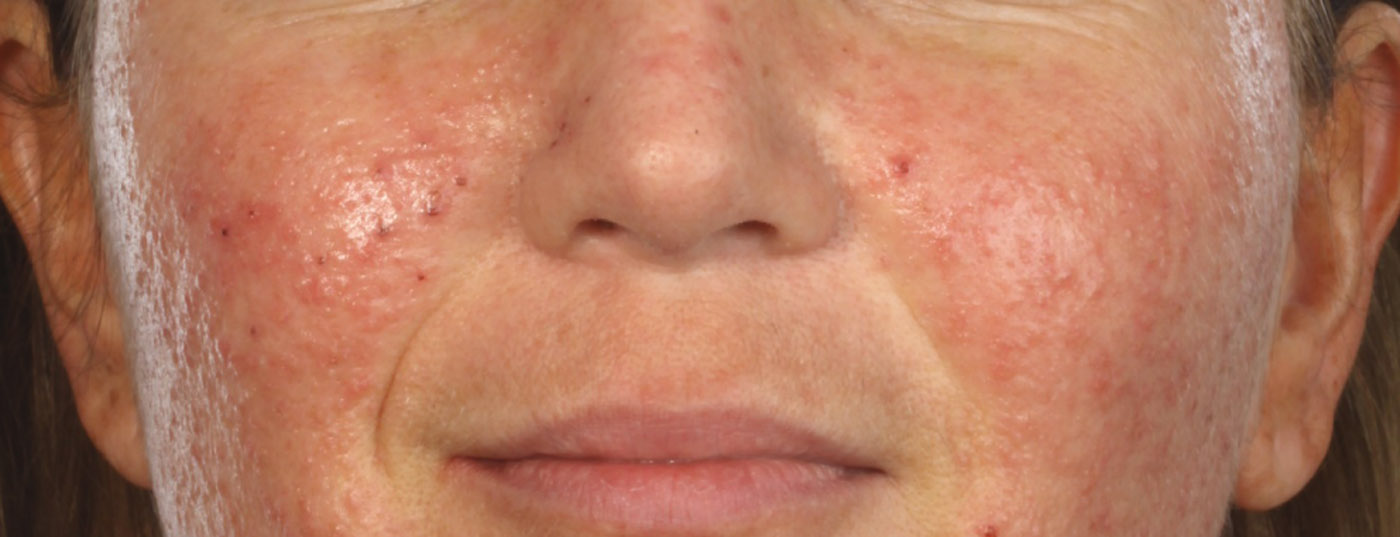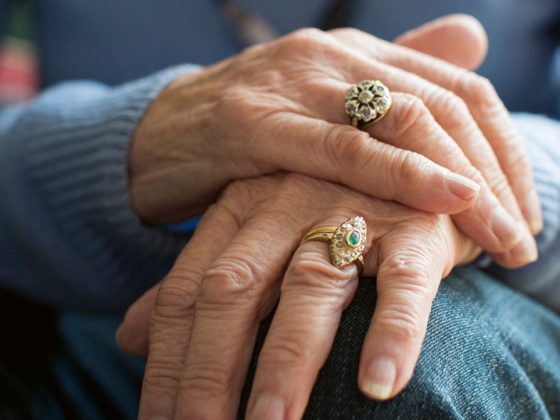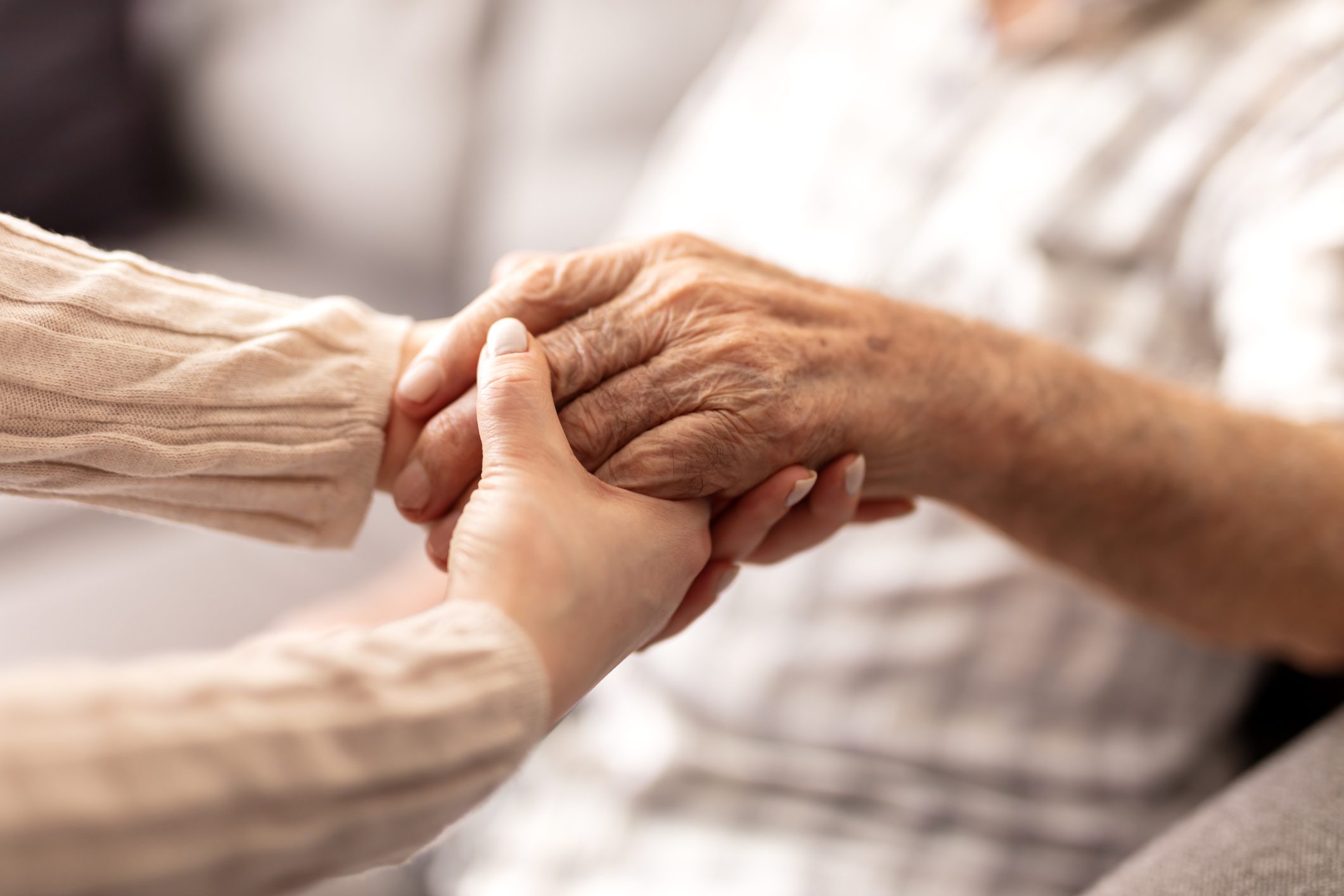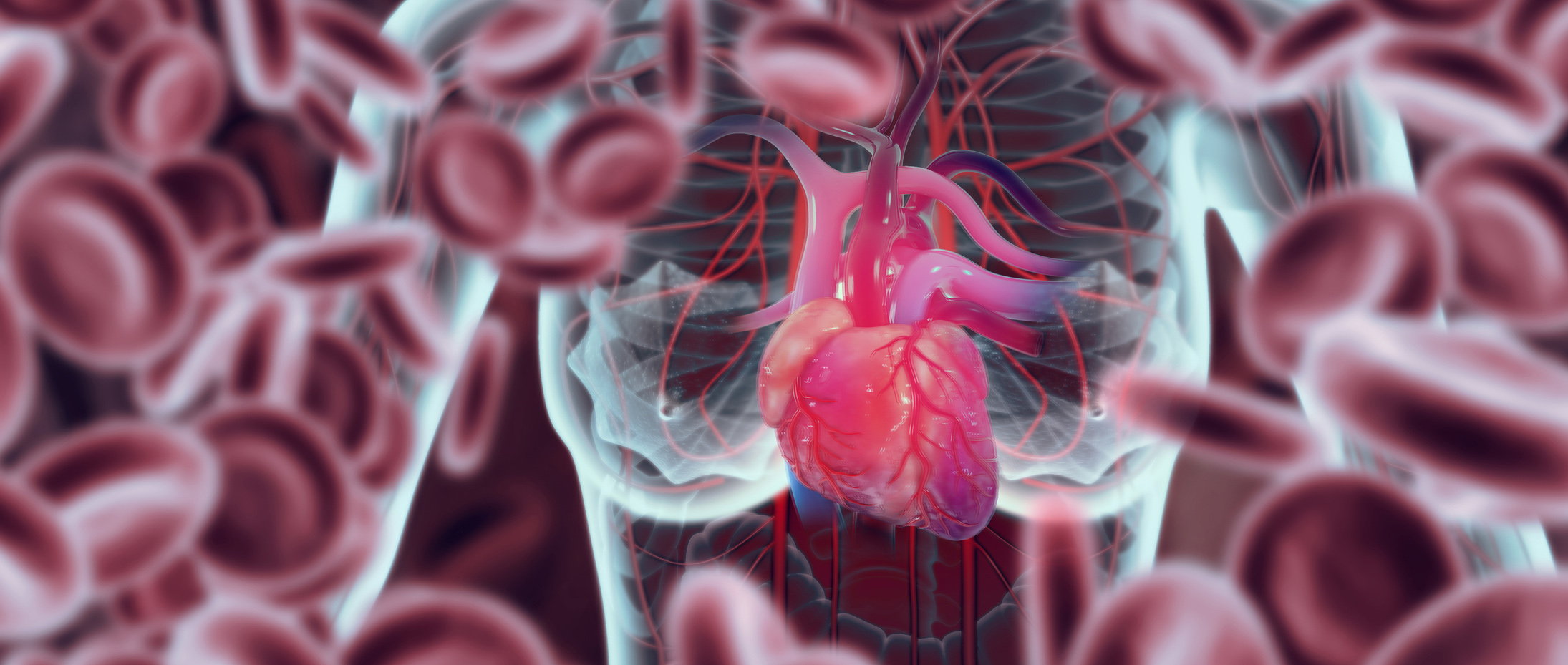Launched in 2019, the campaign aims to provide sufferers with knowledge about their chronic inflammatory skin disease and promote empowerment. Web-based disease management tools include the ability to create a personalized patient guide.
Rosacea affects approximately 415 million people worldwide [1]. Characteristic symptoms of this distressing dermatosis include flushing, persistent erythema, and inflammatory lesions. According to data published in 2019, approximately 82% of patients perceive their disease as uncontrollable and in 20% the skin disease leads to substantial limitations in everyday life [2].
Personalized patient guide
“The best consultations are those in which patients are equipped with a list of symptoms and trigger factors and can provide information on previous treatment attempts. With this information, treatment can be tailored to the patient to break the vicious cycle of this chronic inflammatory skin disease,” says Dr. Melinda Gooderham, Medical Director, SKiN Centre for Dermatology, Ontario (Canada). In addition to a questionnaire on individual symptoms and their impact on patients’ daily lives, previous treatments are also addressed. The responses provide the basis for a personalized guide, which can be used for the next consultation. “Each of our patients is unique and has an individual disease history; the more we understand about each patient’s story, the more personalized treatment plans can be offered,” said Linda Stein-Gold, M.D., Division Head of Dermatology, Henry Ford Health System, Michigan (USA).
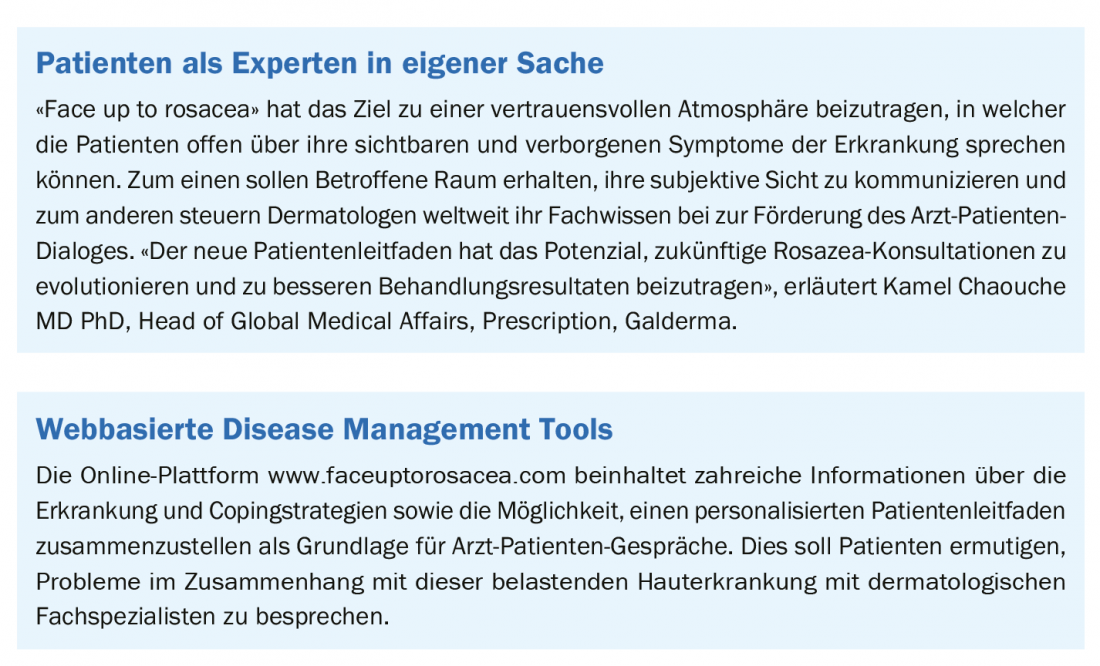
Condition worsens visibly if left untreated
Both adult men and women can be affected by rosacea, most often the disease appears after the age of 30. Central areas of the face are mostly affected, such as the cheeks and the area around the nose. Widespread involvement of the eye area (e.g., red, dried, itchy) is also common. The causes of disease are still the subject of research, but several trigger factors are known, including spicy foods, alcohol, emotional stress, sun/UV exposure, hot baths or warm drinks. If left untreated, the condition worsens over time. Individuals who suspect they may be affected by rosacea should consult a dermatologist or other medical caregiver for discussion of treatment options. Because it is a highly visible condition, it is very stigmatized and leads to feelings of shame and fear in sufferers, which can lead to frustration and is associated with negative effects on everyday life.
More information about the project and the benefits for patients is available on the website www.faceuptorosacea.com.
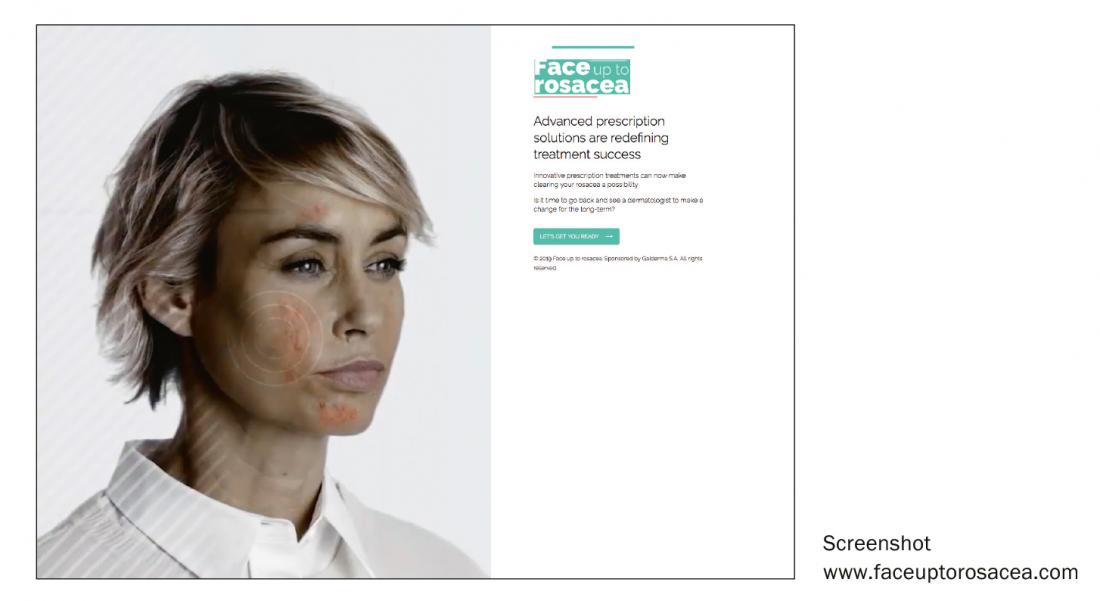
Source: Galderma
Literature:
- National Rosacea Society 2018. New Study Finds 415 Million People May Suffer from Rosacea Worldwide. Available at: www.rosacea.org/press/2018/july/new-study-finds-415-million-people-may-suffer-from-rosacea-worldwide, Last accessed October 2019.
- Rosacea: Beyond the visible online report, http://hosted.bmj.com/rosaceabeyondthevisible, last accessed October 2019.
DERMATOLOGIE PRAXIS 2019; 29(6): 43


